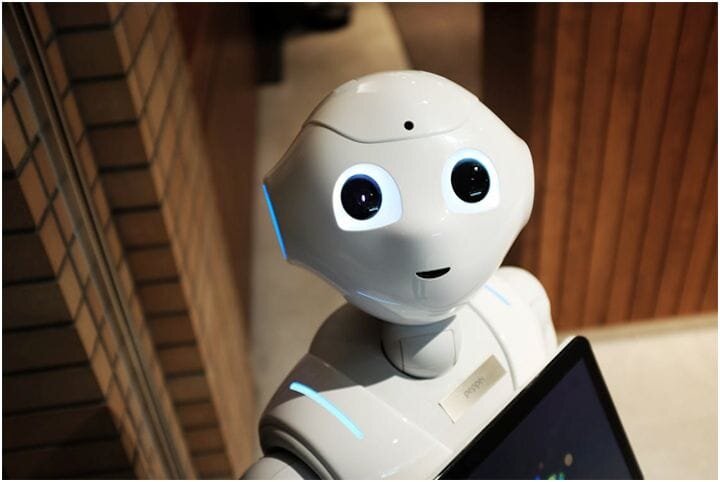![What is automation of 3D printing doing to the economy? [Source: Pexels]](https://fabbaloo.com/wp-content/uploads/2020/05/Technology-Trap1_img_5eb08d41d55eb.jpg)
Charles Goulding of R&D Tax Savers discusses the nature of automation in the economy.
In an extensive Wall Street Journal (WSJ) piece titled The High Cost of Impeding Automation, Carl Benedikt Frey thoroughly demolished the misguided theory that automation is somehow detrimental to the economy.
Automation naysayers are often populist politicians and non-STEM academics. The automation naysayers even advocate for policies that constrain innovation. For example, the Atlantic magazine has been championing a tax on robots even though it is clear that refraining from taxing the Internet has allowed it to flourish. In fact, the WSJ article presents the economic history that demonstrates the cyclic nature of automation and how economies can regress without continuing automation. Succumbing to the anti-automation rhetoric is called the “Technology Trap”.
![Robotic automation, enabled by 3D printing, may be a good thing [Source: Flickr]](https://fabbaloo.com/wp-content/uploads/2020/05/Technology-Trap2_img_5eb08d421ebbe.jpg)
In the context of the WSJ article, automation is all technological improvements throughout human history that reduce human labor for a particular task. With 3D printing, automation encompasses many complementary technologies. Some of these synergistic automation technologies include production, process and packaging, collaborative robots, advanced CNC machines, new materials, improved scanners, sensors, and software development. This collection of improving technologies is essentially the essence of industry 4.0.
To avoid the trap of a technology reversion, the 3D printing industry must embrace automation and actively participate in industry 4.0 projects.
Disappointingly, the U.S. already lags in international robot utilization. The good news is that U.S. robot sales are currently experiencing record level highs. Hopefully an expanding population of STEM-educated U.S. citizenry will help avoid the next “Technology Trap.”
Businesses that pursue automation are eligible for R&D tax credits as described below.
![A robotic pick-and-place system for electronics manufacturing [Source: Pixabay]](https://fabbaloo.com/wp-content/uploads/2020/05/Technology-Trap3a_img_5eb08d424fa2a.jpg)
The Research & Development Tax Credit
Enacted in 1981, the now permanent Federal Research and Development (R&D) Tax Credit allows a credit that typically ranges from 4%-7% of eligible spending for new and improved products and processes. Qualified research must meet the following four criteria:
-
Must be technological in nature
-
Must be a component of the taxpayer’s business
-
Must represent R&D in the experimental sense and generally includes all such costs related to the development or improvement of a product or process
-
Must eliminate uncertainty through a process of experimentation that considers one or more alternatives
Eligible costs include US employee wages, cost of supplies consumed in the R&D process, cost of pre-production testing, US contract research expenses, and certain costs associated with developing a patent.
On December 18, 2015, President Obama signed the PATH Act, making the R&D Tax Credit permanent. Beginning in 2016, the R&D credit can be used to offset Alternative Minimum tax for companies with revenue below $50MM and, startup businesses can obtain up to $250,000 per year in payroll tax cash rebates.
Conclusion
It is desirable to avoid the Technology Trap. The 3D printing industry has a critical role to play in advocating for continuing automation, which in turn will also benefit the 3D printing industry.

